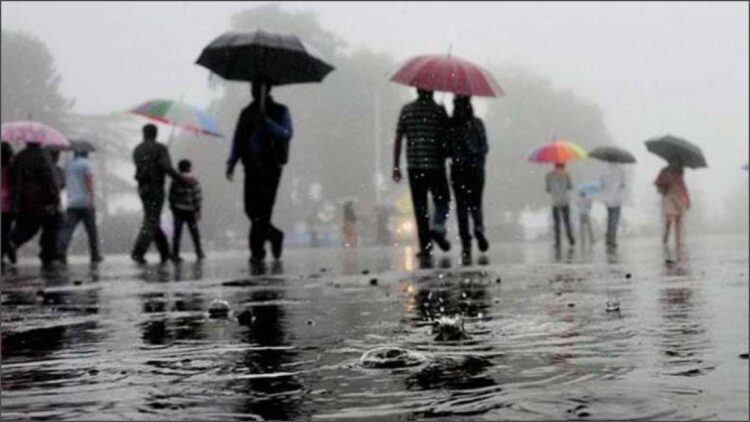Symbolic photo
The India Meteorological Department (IMD) on Tuesday released an update regarding the weather, stating that the southwest monsoon, the southern part of the Bay of Bengal, the southern part of the Andaman Sea, the Nicobar Islands and some areas of the northern part of the Andaman Sea are moving forward. The Meteorological Department, citing moderate to heavy rains in the Nicobar Islands in the last two days, said that during this period, the influence of western winds over the Bay of Bengal, Nicobar Islands and the Andaman Sea has increased. Apart from this, the area has also recorded a decrease in ‘outgoing longweave radiation’ (OLR), which indicates cloudy. IMD clarified that all these situations meet the adaptable standards for the arrival of monsoon in the region.
The Meteorological Department further informed that in the next three to four days, most parts of the South Arabian Sea, Maldives and Komorin region, most areas of the Bay of South Bengal, the entire Andaman and Nicobar Islands, the remaining parts of the Andaman Sea and the Monsoon in parts of the Bay of Central Bengal are favorable for monsoon.
When will the monsoon knock?
The general date of the primary rainfall system is expected to reach Kerala on 27 May before 01 June. If this forecast is proved correct, this will be the first time after 2009 when the monsoon will knock on Indian land prematurely. The monsoon began in Kerala on 23 May in 2009.
Usually the southwest monsoon enters Kerala by June 01 and is around a month later by 08 July. It begins to return from northwest India around 17 September and go back completely by 15 October.
Possibility of more rainfall than normal
In April, IMD issued a forecast for more rainfall than normal during the 2025 monsoon season. At the same time, the Meteorological Department had also rejected the possibility of ‘El Nino’ situation, which usually causes less rainfall than normal in the Indian subcontinent. ‘El Nino’ is a natural climate phenomenon, which occurs when the sea temperature near the equator in the eastern Pacific Ocean is heated below normal.
The monsoon is like a lifeline for India’s agriculture sector, which is the basis of livelihood of about 42 percent of the population and contributes about 18 percent to the country’s GDP. Additionally, it also plays an important role in recurring important reservoirs for drinking water and power generation across the country. (Input- Bhasha)
Also read-
How the Yogi government has crushed terrorist activities in the last 8 years and tells the truth
After assaulting the hotel owner, the hands and feet broke, kidnapped and thrown on the way; Case imprisoned in CCTV
Latest india news






